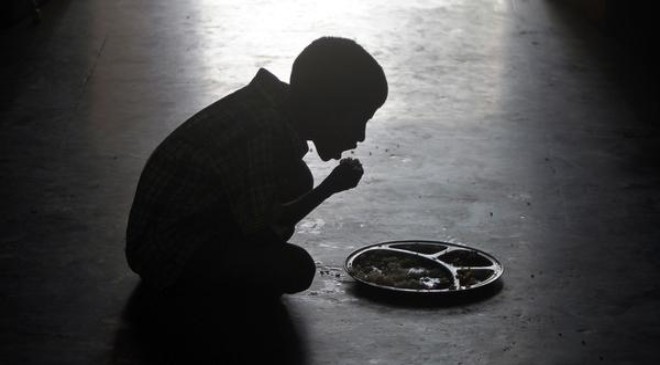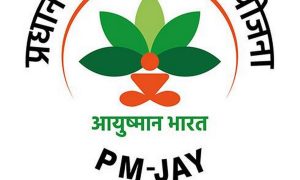India ranked 107 out of 121 countries in the Global Hunger Index 2022, an ‘hunger tracker’ published by Concern Worldwide and Welthungerlife. The nation dropped from its previous 101st position last year. At 121, Yemen is last on the list.
The Global Hunger Index (GHI), a tool aimed at ‘comprehensively measuring and tracking hunger at global, regional, and national levels’ gave India a score of 29.1, and labelled the level of hunger in the country as “serious”.
What Is the Global Hunger Index and How Is It Calculated?
The index, published since 2000, aims to capture the ‘multidimensional nature’ of hunger, and each country’s GHI score is calculated based on a formula that combines four indicators. According to the official website, these are:
Undernourishment: the share of the population with insufficient caloric intake.
Child stunting: the share of children under age five who have low height for their age, reflecting chronic undernutrition.
Child wasting: the share of children under age five who have low weight for their height, reflecting acute undernutrition.
Child mortality: the share of children who die before their fifth birthday, partly reflecting the fatal mix of inadequate nutrition and unhealthy environments.
The undernourishment indicator reflects the population’s overall food access situation, whereas the indicators specific to children reflect the nutrition status of a particularly vulnerable subset of the population for whom a lack of dietary energy, protein, and/or micronutrients (essential vitamins and minerals) leads to illness, poor physical and cognitive development, and death, the website states.
With the inclusion of both child wasting and child stunting, the GHI can document both acute and chronic malnutrition. The index reduces the effects of random measurement errors by combining multiple indicators. These four indicators are all part of the set of indicators used to track progress toward the UN Sustainable Development Goals (SDGs), it states.
According to a report by the Indian Express, the data from each country is standardised on a 100-point scale, and a final score is calculated after giving 33.33% weight to components 1 and 4, and 16.66% weight to components 2 and 3.
Countries with a score of less than or equal to 9.9 are classified as “low” in terms of hunger, while those with a score of 20 to 34.9 are classified as “serious,” and those with a score of 50 or higher are classified as “extremely alarming.”
Where Does the Data Come From?
Data for GHI scores are derived from various UN and other multilateral agencies, the index website states. The GHI scores are based on the most recent revised data for each of the four indicators. Estimates for the GHI component indicators are made based on the most recent available data where original source data is unavailable.
What Does This Year’s GHI Report State for India?
The GHI said stunting disparities between districts were particularly pronounced in India. “The example of India shows the importance of considering the subnational context when designing programs and policies to target child stunting. Researchers investigated the factors that contributed to a decline in stunting in four Indian states between 2006 and 2016: Chhattisgarh, Gujarat, Odisha, and Tamil Nadu,” it said.
The report said the researchers found that stunting fell mainly in response to improvements in the coverage of health and nutrition interventions, household conditions (such as socioeconomic status and food security), and maternal factors (such as mothers’ health and education).
“While improvements in household conditions were the most important factor for each of the four states, the second most important factor varies by state. As the authors conclude, this variability across states indicates the need for contextualized policy and programmatic initiatives to help focus the efforts in the sectors that need the most attention for continued decline in stunting,” it said.
The GHI said the world is facing a serious setback in efforts to end hunger with conflict, the climate crisis and the economic consequences of the COVID-19 pandemic, compounded by the war in Ukraine are major drivers of hunger. The report warned that the situation is expected to deteriorate further as global crises overlap.
With inputs from PTI





































